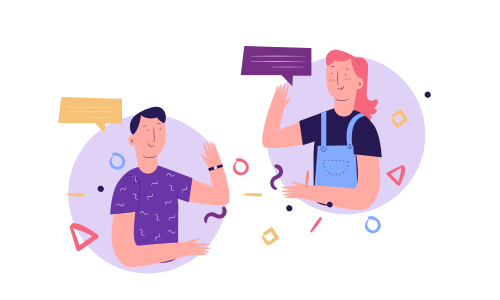Understanding eCTD: A Prerequisite for Contemporary Regulatory Submissions
In the pharmaceutical and biotechnology sectors, maintaining regulatory compliance always features in the business plan, owing to its importance strategically. As submission quality and consistency expectations from global agencies continue to increase, the electronic Common Technical Document (eCTD) has emerged as the default standard for submitting applications, reports, and amendments.
Be it a regulatory specialist, project manager, or an executive in charge of drug development, eCTD understanding is crucial for manoeuvring the complex systems of modern approval processes.
What Exactly Is eCTD?
As the name suggests, the eCTD, or electronic common technical document, is a standardized submission format for any legal documents regarding a submission to a regulatory authority. Structured by the International Council for Harmonisation (ICH), eCTD ensures uniform and organized interaction between the industry and its regulators.
It categorizes the content into the following modules.
- Regional administrative documents
- Summaries and overviews
- Quality data (CMC)
- Nonclinical reports
- Clinical study reports
The format is either mandatory or strongly recommended by the FDA, EMA, Health Canada, among numerous other countries.
Why Is eCTD Matters?
1. Global Acceptance
The highest argument for eCTD is the acceptance globally. Regulatory bodies of major regions expect submissions in this format, thus making it a de facto accepted standard for companies seeking international approvals.
2. Efficiency and Consistency
Organization, navigation, and updates are better with the structure of eCTD. Lifecycle management-the ability to replace, delete, or append documents without creating a duplicate of the entire dossier-is one of its major strengths.
3. Quicker Regulatory Review
This electronic format with bookmarks and hyperlinks facilitates the navigation of huge data volumes by regulators, thereby aiding the review process to be short and quick market access.
4. Better Compliance
A technical validation that is built-in will check that submissions meet format standards before reaching the regulators. This greatly reduces the chance of rejection arising from technical errors.
5. Scalability and Transparency
eCTD can track submissions at various phases of a single product or across multiple products and therefore satisfy the requirements of a small group of SMEs up to and through larger pharmaceutical organizations, as companies begin expanding their pipelines. This, in turn, enforces traceability on every bit encompassing a submission or an amendment or a correspondence, with the whole being part of a neat, auditable trail.
Looking Ahead: eCTD v4.0
The next version of the format, eCTD v4.0, with all the bells and whistles, will be growing in terms of the sophistication of capabilities. Adopting HL7 RPS (Regulated Product Submission) standard design, features like:
• A rich set of two-way communications between industry and regulators
• Granular lifecycle control
• Better support for product tracking at a global scale
A transition to v4.0 causes some degree of preparation but also offers the chance for organizations to modernize their submission strategies further.
Concluding Note
eCTD adoption isn’t merely to appease regulatory requirements; it is about enhancing data quality, shortening timelines, and adhering to global regulations. Changing expectations around SEND submissions require the right tools to really make a difference.
PointCross SEND Services is the ideal solution for organizations, which are searching for a dependable, efficient, and compliant way of preparing SEND data and integrating it into eCTD operational flows. The platform aids with automated generation of datasets, validates in-built, and smooth communications within the realms of SEND and eCTD.






